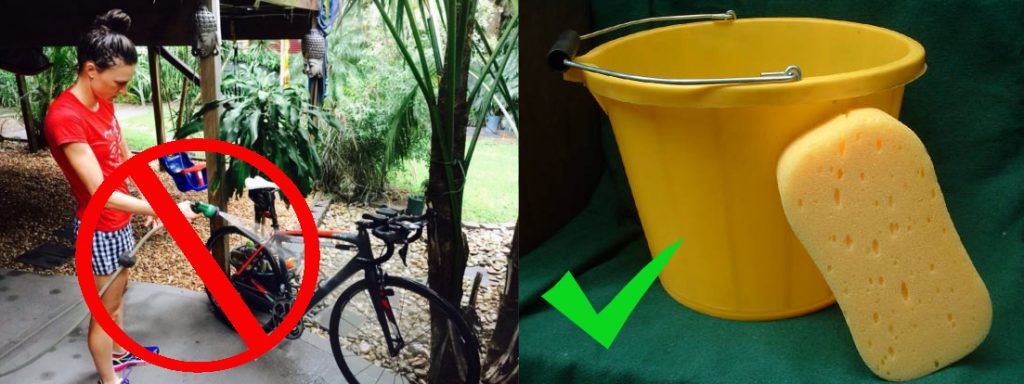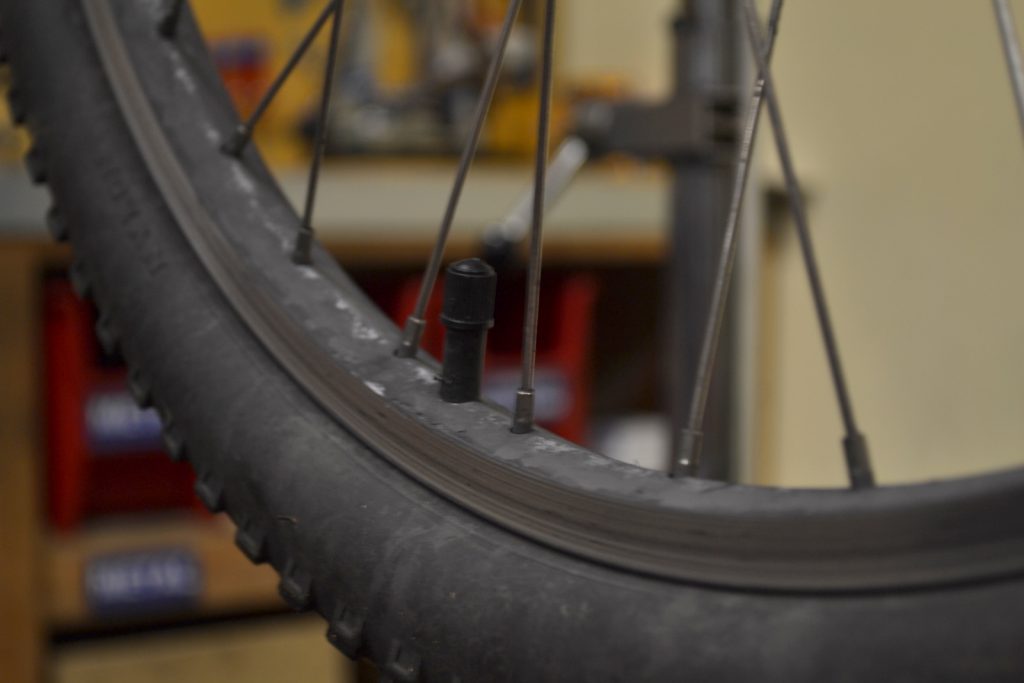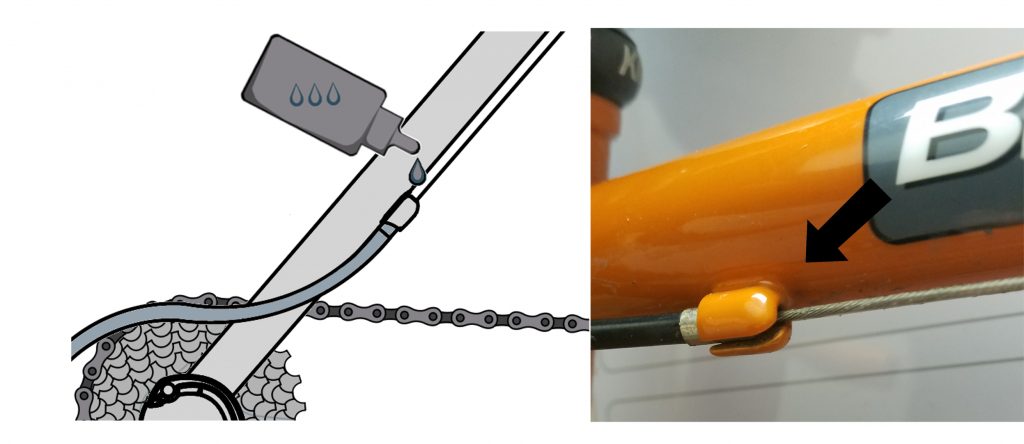by John Brown
Sadly, it’s sometimes unavoidable to ride in the rain. In my experience, the rain actually waits for me to get as far from home as possible before starting. So, when you do get caught in wet conditions, how do you protect your bicycle from the damage from water? Read on for a few helpful bike maintenance tips.
The first step In Bike Maintenance Tips is to get it clean!
The first step after riding in the rain is to get your bike clean. Road grime, mud, and other muck that has accumulated on your bike will hold moisture and encourage corrosion. A bucket of warm soapy water and a sponge is the best way to clean out that crud. Try to resist the urge to point a hose at the bike because pressured water gets into bearings promoting wear.

The second tip – get it dry
Once your bike is clean, use an old towel to get it dry. Rubber parts like tires and grips don’t need a lot of attention, rather focus on all the metal parts. Really try to address the steel hardware and make sure it’s dry to the touch before you’re done.
Then, clean the rims
Unless you have disc brakes, riding in the rain takes a toll on both the rims and brake pads. All the road grime that attaches itself to the rim works like sandpaper, wearing both the rim and the brake pads when you stop. Therefore, after riding in wet weather you will want to focus on getting all that abrasive grime off the rims and pads. If the dirt is left in place, your brakes can start making noise, be less efficient, and wear out quicker.

Lube The Chain
Water and motion will do a good job of scouring all the lubricant off your chain. Additionally, the same road grime that wears rims and brake pads will wear your chain. Additionally, that wear leaves your chain particularly susceptible to rust. To lube your chain, start by propping the bike up so you can rotate the cranks backward freely. Next, Backpedal the bike, while dripping lubricant onto each chain link. Once the chain is well saturated, give a few moments for the lubricant to penetrate the chain. Finally, wrap a rag around the chain, backpedal, and remove all the excess lubricant. Done!
Lube The Cables
Like the chain, cables will lose lubricant and wear quicker in the rain. To keep your bike shifting and braking well, drip a small amount of lubricant onto the cables where they enter the housing. Once capillary action carries a few drops of lubricant into the housing, shift through your gears a few times and squeeze the brakes repeatedly to help the lubricant find its way.

Drain The Bike
A bicycle may appear to be sealed from the elements, but it is, in fact, able to take on water when you ride in the rain. The water that collects inside the frame of your bicycle can destroy bearings, rust a frame from the inside, or freeze in the winter and burst frame tubes. To drain a frame, pull the seat and seat post out of the bike, and turn the bike upside down. Leave the bike for a few hours to drain and then replace the seat and post.
Overall, when servicing your bike after you ride in the rain be aware of the corrosion and wear rain can cause. Focus on getting the bike clean and re-lubricated, ready for your next ride.



Comments
3 responses to “Quick and easy post bike maintenance tips after riding in the rain”
Very helpful. What kind of lubricant would you suggest for a bike chain and cables?
I like to use a synthetic oil like Park’s CL-1 or Pedros Syn lube. With any “wet” lube, be sure to wipe off as much of the excess as possible after you apply.
I really appreciate your tip to try and keep all of the steel parts of your bike dry so you can keep it in pristine condition. My wife and I have been thinking of getting a new hobby together, and we want to try and bike together. I will be sure to tell my wife that we should try and wash our bikes and make sure that they are dry.